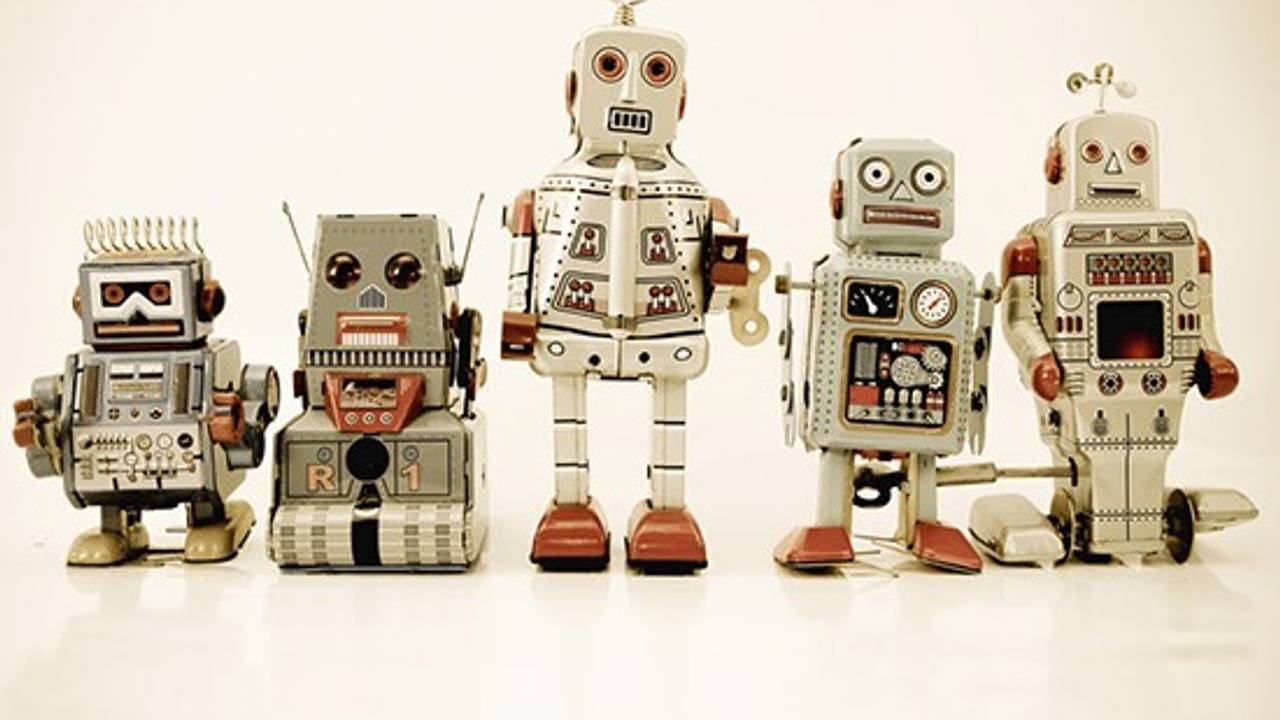
By Steve Hansen
Construction is facing a massive need for labor, thanks to years of suppressed supply and other constraints. Simultaneously, architects and engineers are facing less certain growth and uncertainty about job security due to automation—robotic process automation, or RPA, to be precise.
I’m guessing that most of you have heard the term. We’ve all had to wonder if our jobs will be replaced by a program or robot. I can’t tell you the answer to that, and this is not a scare story or tale of impending doom, but some of the work we do will definitely be done by programs, and soon.
It’s easy to see why: human beings are inferior to machines in performing certain tasks. Repetitive tasks, in particular. Plus, there’s the unavoidable humanness: bad moods, hangovers, vacations, illness, distractedness, and you know the rest. Oh, and humans can’t work 24/7.
RPA automates repetitive tasks. Anything repetitive that can be automated will be, and usually should be. When data can be transferred without human input, we see fewer errors than when humans enter data.
Tasks that require a certain level of cognitive ability, such as creativity and decision making, have been more difficult to shift to a robot. Now, though, AI—artificial intelligence—can handle some of those tasks. Where does that leave humans? On fairly shaky ground, it may appear.
We all know what CAD and BIM have done to our field in the last couple of decades. People with those skills have plenty of work, and people lacking those skills have become obsolete. It looks like the next phase will be replacing repetitive tasks that also need some judgment. That means AI, at least for some “high-level” tasks.
This article from The New York Times mentions doctors, lawyers, and bankers as professions that previously faced less pressure from automation but are now threatened by RPA. Machines can be programmed to read x-rays, scans, and contracts with greater accuracy than humans, at least in the studies mentioned.
As for how automation affects employment, we’ve seen this movie before. One analyst quoted in the article said, “With R.P.A., you can build a bot that costs $10,000 a year and take out two to four humans.”
In the past, the “experts” concluded that disruptive technologies unleashed more creative destruction than simple employment destruction, resulting in more employment. But this time could be different.
Why?
Newer RPA technologies are able to perform repetitive tasks and wield A.I. in ways we haven’t seen before. And if the robots can do the work as well as or better than humans at one-tenth or even one-half the cost, then humans just can’t compete for those jobs.
All this makes the key point: humans must develop skills that are not easily replaced by technology, and must also master the technology of the workplace and thus maximize their own value. For example, in this article, the architect/writer predicts the end of the architecture profession, for the most part. We’ve heard this before. The writer likes to be provocative but there’s a grain of truth in his ideas, and maybe more.
What’s interesting is the idea one reader mentioned in a comment. He had seen a demo a few years ago of what he called an “AI architecture/engineering product.” After a human entered site data, style, budget, and other criteria, the program would then generate the site plan and elevation for the home, office, or whatever type of building the client desires.
The program could generate thousands of design variations, allow for revisions of any details, and then generate the structural, electrical, mechanical, plumbing, and other elements. Those are the tasks that machines do better than humans, so robots should do them.
In contrast, someone with expertise, such as an architect, must work with clients to determine their wants and needs, and be able to apply creative thinking, problem-solving, and “the human touch.” Added complexities such as permits and codes and zoning also demand knowledge and expertise and communication, and I don’t see yet how AI can manage those tasks.
This also reminds me of the distinction between leadership and management: leadership is doing the right things, and management is doing things right, or well. I don’t see how a robot could replace Steve Jobs, for example, and his exceptional talent for creating things that people want.
Few of us have talent like Steve Jobs, but examples like this highlight what seems to be clear for the next few years: AI will be another tool we’ll learn to use and it will have its strong points, but it cannot replace an educated and experienced professional. Put another way: I may have a synthesizer in my studio, but that doesn’t make me a musician, let alone one who can jump through regulatory hoops and get regular paying work. The product (design, music, photos, patentable idea) is still in a person, who uses whatever tools he/she needs to produce it for the world.
The key to surviving in a niche profession like architecture and in a data-driven profession like engineering is maximizing the human value where robots can’t yet do the work, and also mastering the tools. AI may be breathing down our necks and is going to get better, but I still see a crucial role for those of us with both technical and human skills.
Join ArchSmarter!
Sign up for ArchSmarter updates and get access to the ArchSmarter Toolbox, a collection of time-saving Revit macros, Dynamo scripts, and other resources. Plus you'll get weekly productivity tips, webinar invitations and more! Don't worry, your information will not be shared.
We hate SPAM. We will never sell your information, for any reason.

